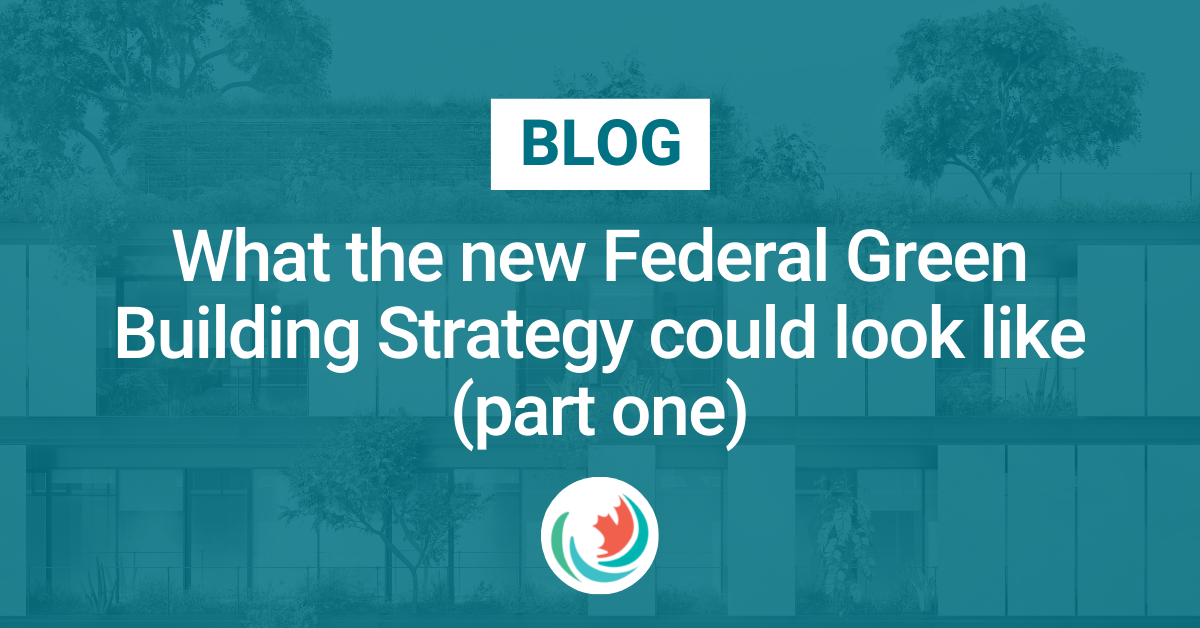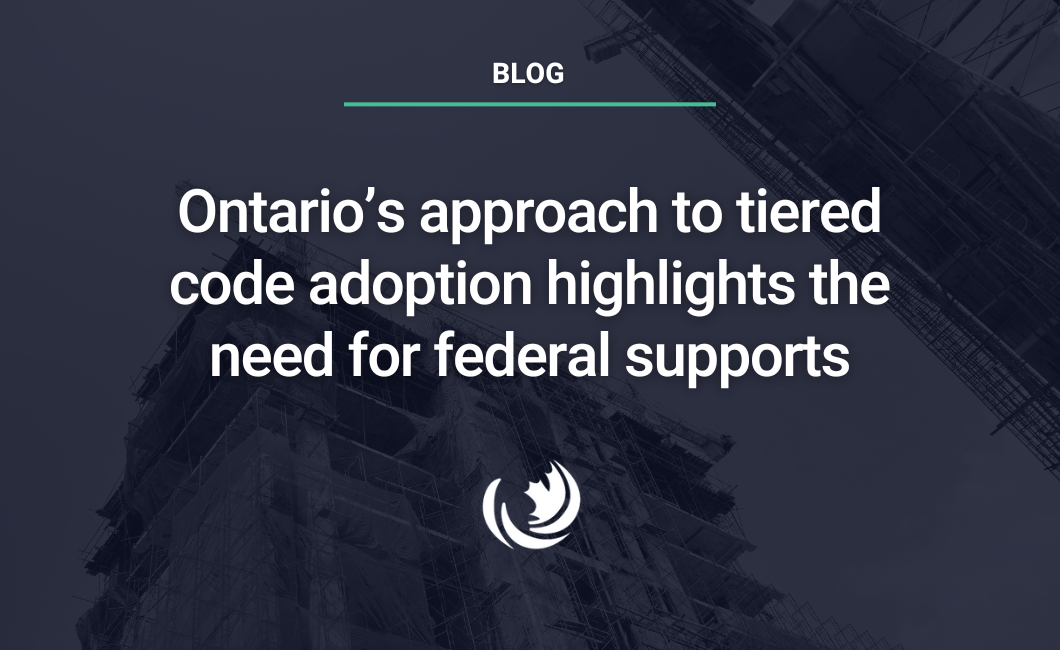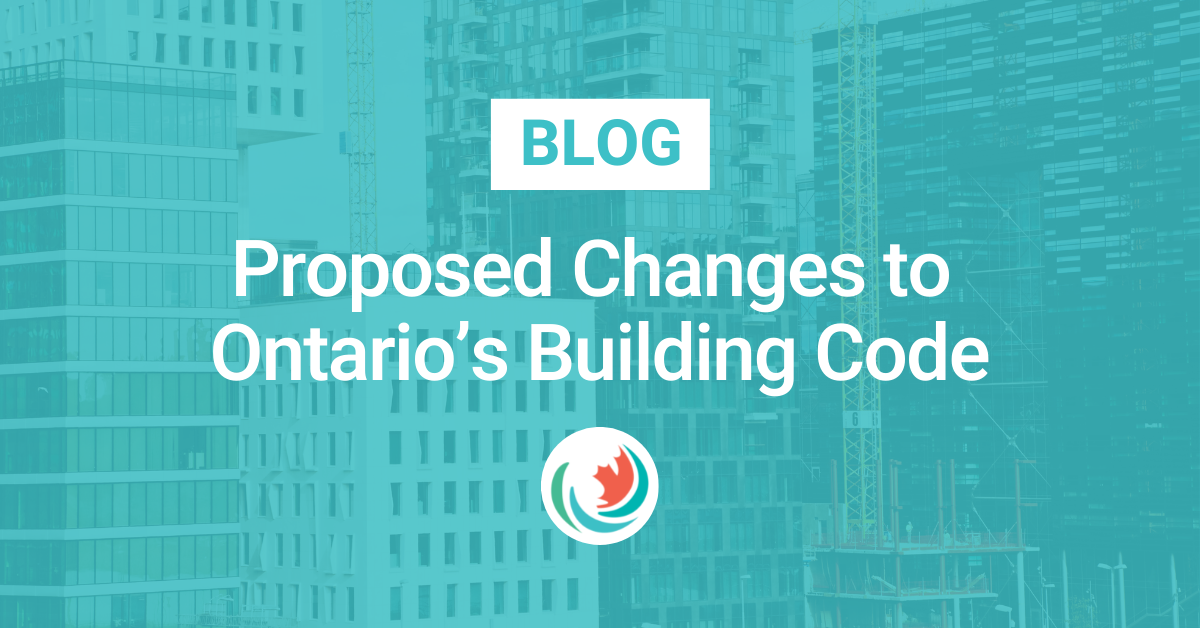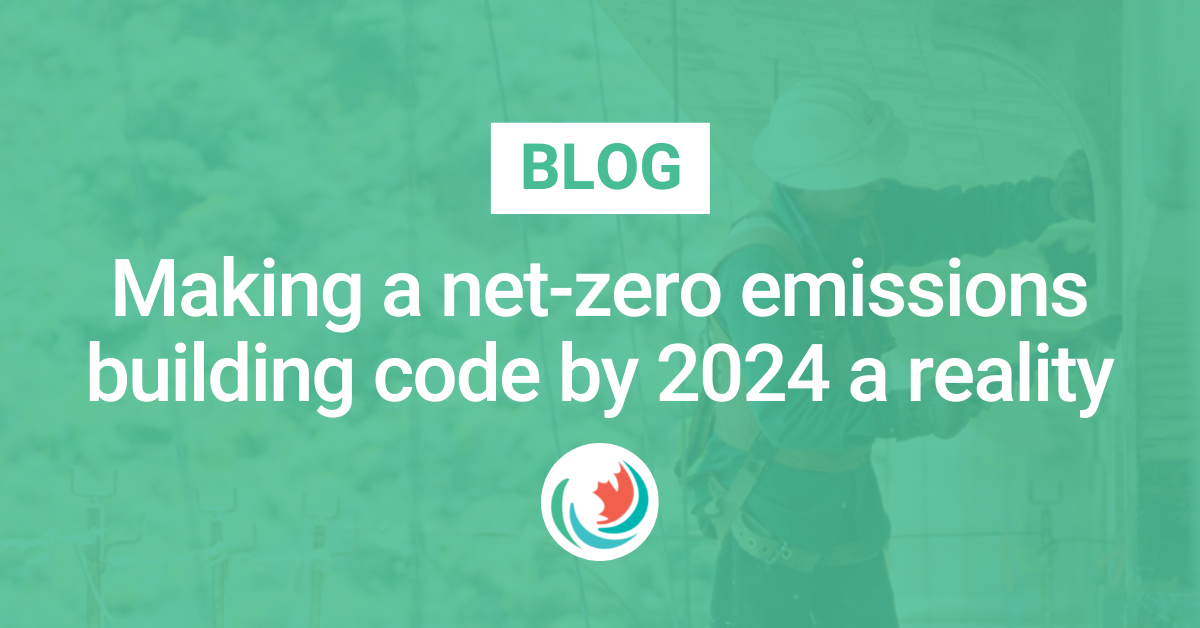
In part one, we examined five high level themes that could help guide Canada’s new federal Green Building Strategy. Part two will examine specific policies and policy frameworks that the Strategy must consider to achieve net-zero emissions by 2050.

By establishing “net-zero emissions” as the goal of the Green Building Strategy the federal government will need to lead a process of structural change towards that end state. That means defining the building standards and policies that are needed to reach net-zero and forging coalitions of provinces, municipalities, utilities, businesses etc. taking actions consistent with that goal. A net-zero framework therefore contrasts with previous strategies that focused on incremental emission reductions and efficiency improvements, and relied upon achieving consensus amongst provinces and territories.

In this blog, we dig into the intent of the 2020 model building codes, how Ontario is adopting and harmonizing their approach, and what it can teach us about how model code adoption may be applied in other provinces. The conclusion is that the federal government needs to take action to accelerate commitments to net-zero buildings. To reach these commitments, citizens concerned about climate change also need to raise their voices.

The federal government released its 2030 Emissions Reduction Plan, which lays out actions to guide Canada towards a national goal of 40-45% GHG emission below 2005 levels by 2030. Energy efficiency features prominently throughout.

This past January, Ontario’s Ministry of Municipal Affairs and Housing announced proposed changes to the Ontario Building Code(OBC)intended to harmonize with the 2020 National Construction Codes(“model codes”).The province will hold public consultations until March 13th.

The federal government has committed to developing a net-zero emissions model building code for provincial/territorial adoption by 2024. Here’s how we can make this goal a reality.







